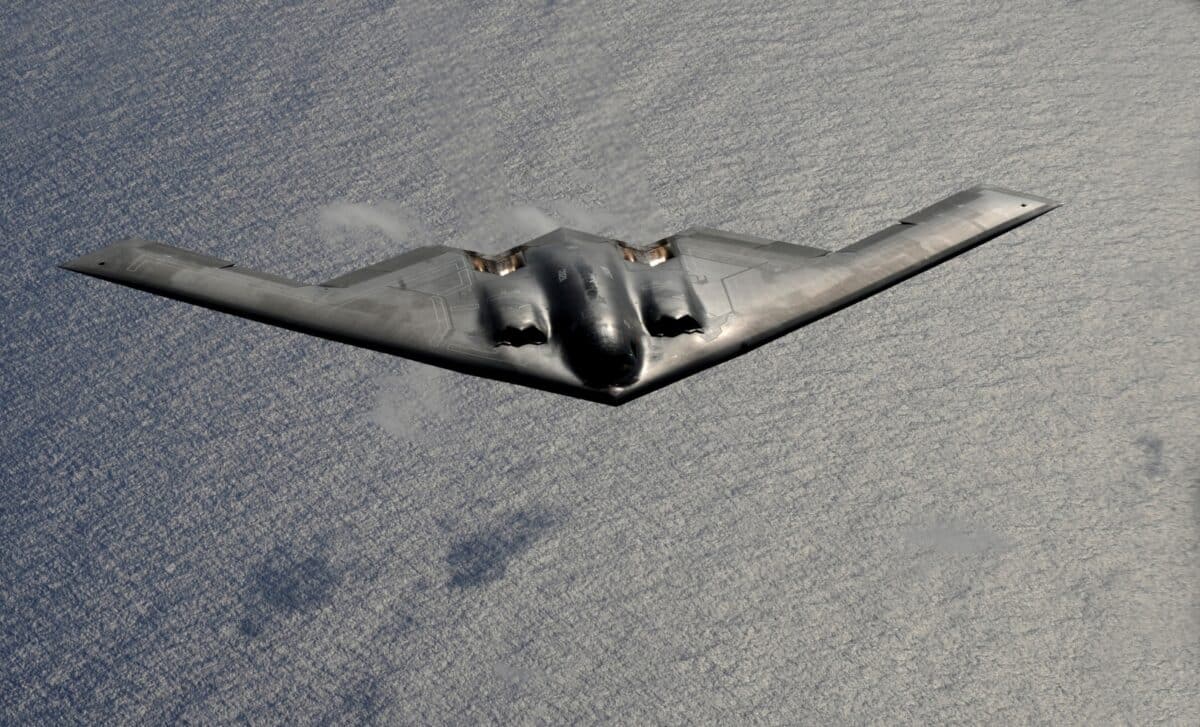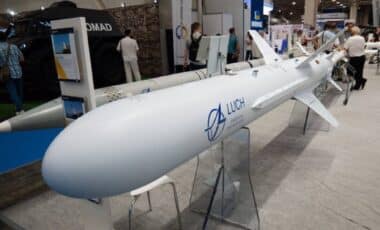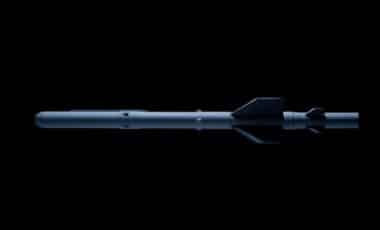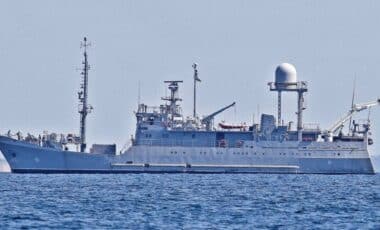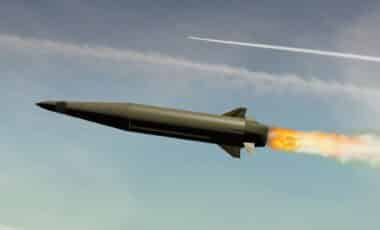An unprecedented aerial operation recently mobilized seven B-2 stealth bombers and over 125 supporting aircraft in a high-stakes strike on Iranian nuclear infrastructure. The 37-hour mission, marked by sleep deprivation and extreme endurance, set a new benchmark for long-distance airpower projection.
This operation stands out not only for its scale but for the extraordinary human and logistical demands it imposed on its participants. The strike aimed at three separate nuclear sites, underscoring the strategic emphasis on precision and surprise in modern long-range warfare.
The mission drew comparisons to a previous record set during Operation Enduring Freedom in 2001. Former Air Force colonel Melvin G. Deaile, who piloted a 44-hour bombing sortie at that time, described the new operation as an “incredible feat,” highlighting the deployment of seven B-2 bombers over the target area within a 30-minute window as historically significant. This level of coordination and execution, involving such a concentrated use of stealth aircraft, signals a shift in how aerial dominance can be asserted at global range.
Earthquakes, Tsunamis, Destruction… Inside the 8.8 Quake That Shook Russia and Alarmed the Pacific
Operational Details and the Role of B-2 Stealth Bombers
The operation involved seven Northrop Grumman B-2 Spirit stealth bombers, each flown by a two-person crew and capable of global range with aerial refueling. As reported by Armees, these aircraft were supported by more than 125 other planes, including reconnaissance units, fighters, and tankers, forming a large-scale air campaign.
Each B-2 received multiple in-flight refuelings to sustain the 37-hour duration. The aircraft’s stealth design enabled them to penetrate heavily defended airspace without detection. These bombers remain the only platforms capable of carrying the 13,608 kg GBU-57 Massive Ordnance Penetrator (MOP)—used for the first time in combat during this mission. More than a dozen of these bunker-busting bombs were dropped, targeting deeply buried Iranian nuclear facilities.
The Human Cost of Endurance Missions
Long-haul bombing operations come with severe physical and psychological challenges. To stay alert, pilots were issued “go pills,” a form of military-authorized amphetamines. Rest was taken in the cockpit on makeshift cots placed behind the pilot seats. Melvin G. Deaile recalled, “They can have improved it over the past 20 years for something more comfortable, but it was a modified cot behind the two pilots.”
To manage basic physiological needs, aircrew relied on “piddle packs,” highlighting the extreme conditions in which these missions are conducted. Former Lieutenant General Steven Basham described the launch phase as “the most surreal moment,” pointing to the unique emotional burden carried by the crews involved in such high-stakes operations.
Strategic Implications and Military Precision
This strike distinguished itself not only by its reach but by the tactical precision with which it was carried out. Within a 30-minute timeframe, all seven B-2 bombers released their payloads on different targets. The mission demonstrated how stealth technology and synchronized operations can produce decisive outcomes against hardened facilities.
The introduction of the MOP in a real combat setting marked a new phase in bunker-targeting strategy. Only the B-2 is capable of delivering such massive ordnance, reinforcing its critical role in strategic planning. The scale and coordination of this mission exemplify how far modern air forces can project power, combining endurance, stealth, and precision in an operation that may shape the conduct of future long-range engagements.

